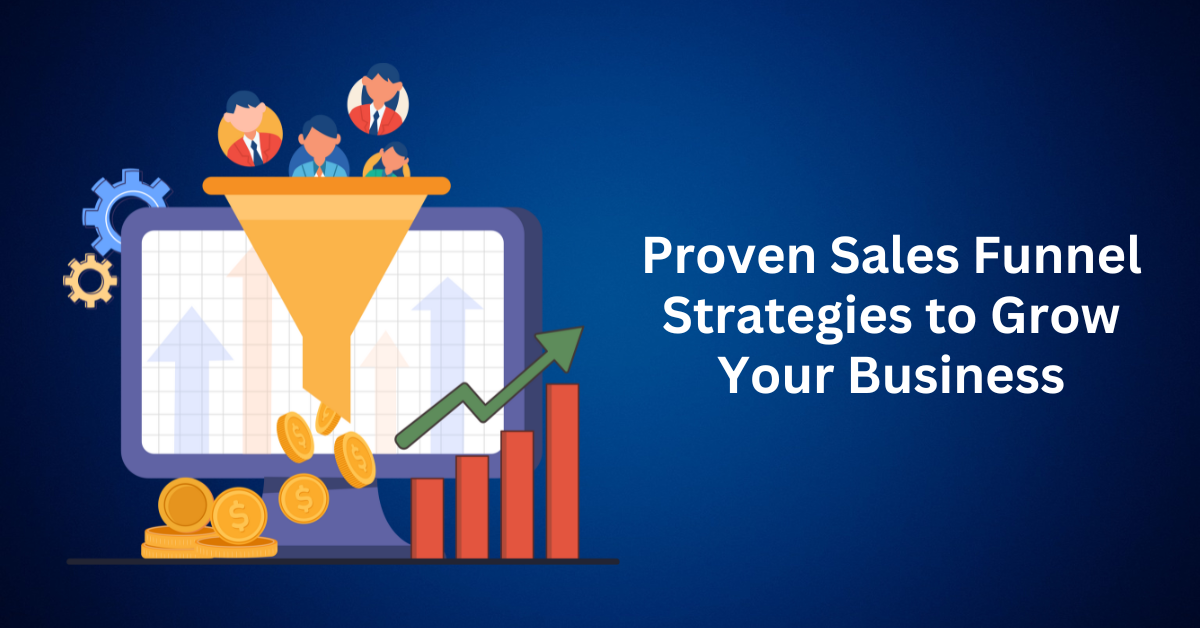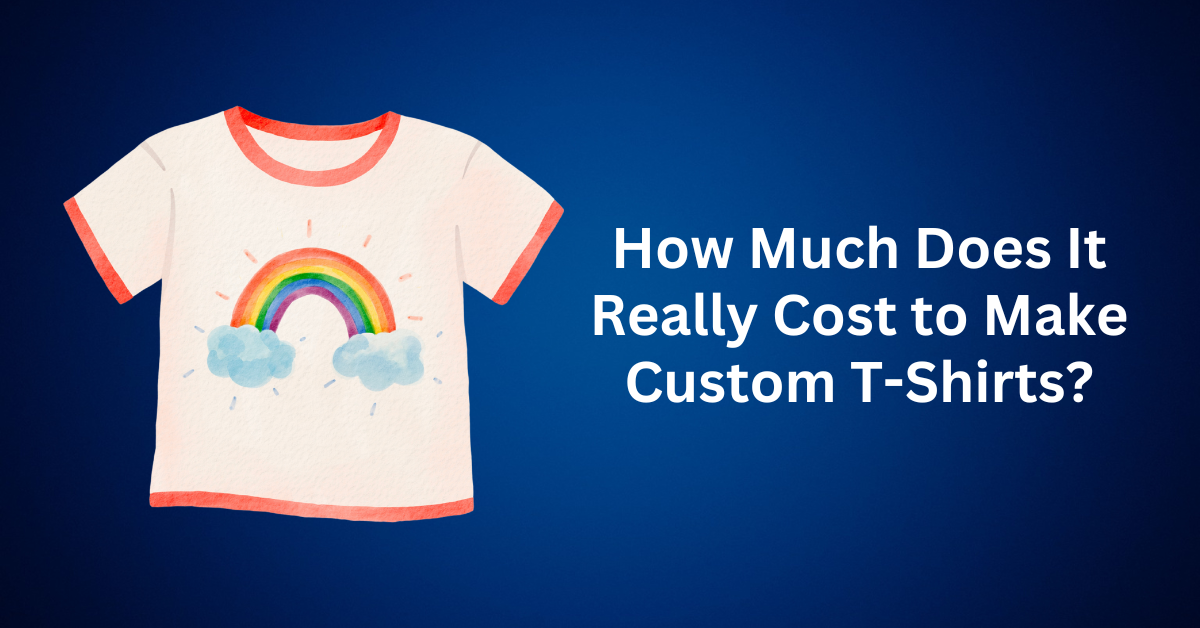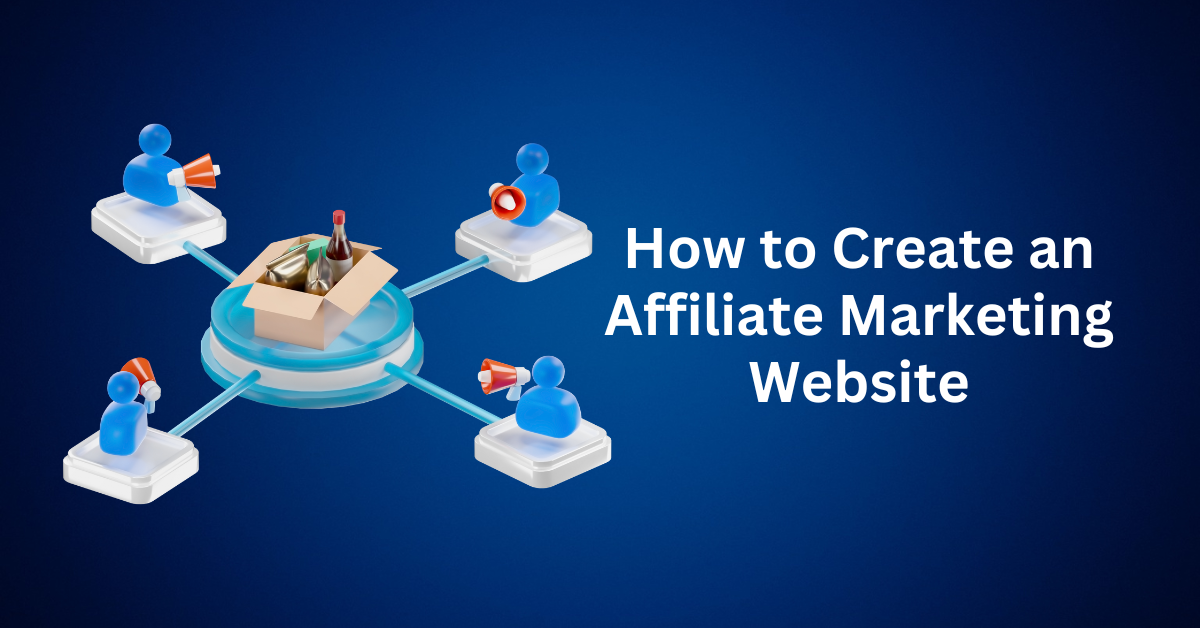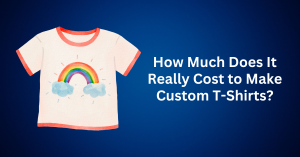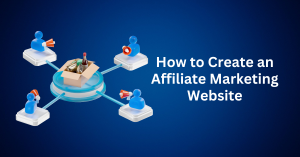In today’s competitive digital landscape, having a well-structured sales funnel isn’t just helpful. It’s essential. Whether you’re launching a new brand or working to scale an established business, your funnel acts as the engine that powers every stage of customer interaction, from first click to repeat purchase.
But what exactly is a sales funnel? More than just a buzzword, your funnel is a strategic journey designed to attract, engage, convert, and retain your ideal customers. When executed effectively, it becomes the foundation for sustainable growth and long-term customer loyalty.
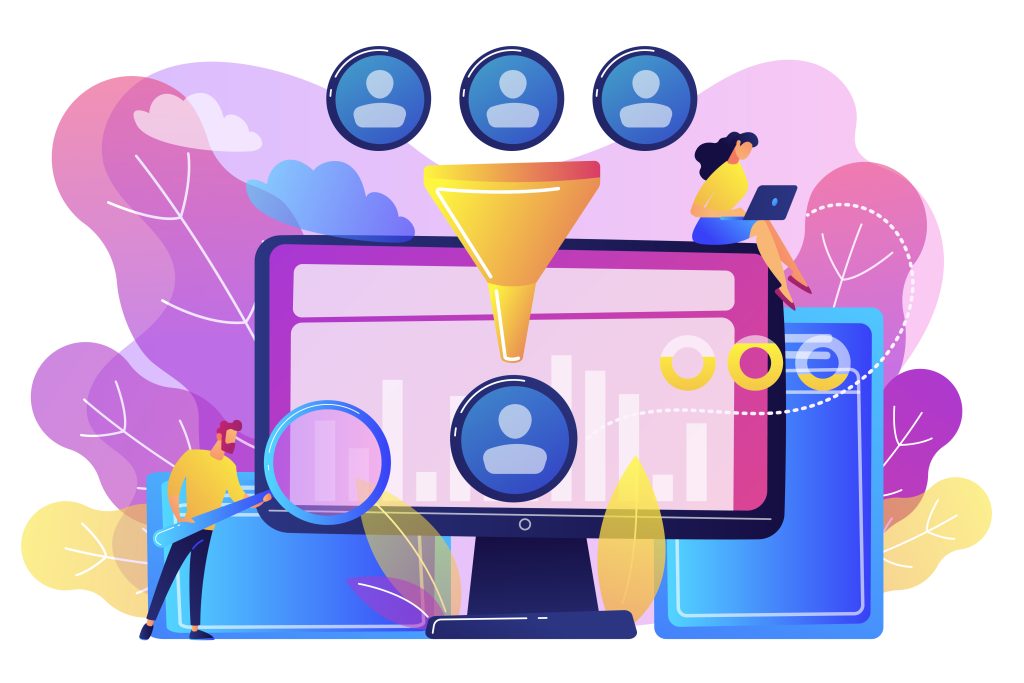
Table of Contents
ToggleWhy Your Business Needs a Strategic Sales Funnel (Now More Than Ever)
Every business, regardless of the industry, relies on one core function: guiding prospects through a journey that ultimately leads to conversion. To achieve this effectively, a strong funnel framework is essential. Not only does it prevent you from leaving sales on the table, but it also provides a clear roadmap to measure performance, enhance marketing efforts, and boost ROI.
From start to finish, each component of your funnel, whether it’s lead magnets, email sequences, landing pages, or retargeting ads, plays a crucial role in nurturing trust and influencing decisions.
In essence, think of your funnel as the central nervous system of your business. It not only controls your marketing actions but also seamlessly connects them, ensuring that each move supports the next.
Sales Funnels Are Never Finished. They’re Always Evolving
One of the most common misconceptions about funnels is that they’re a “set-it-and-forget-it” system. However, in reality, effective sales funnels are anything but static. To drive consistent results, they require ongoing testing, tweaking, and optimization, guided by customer behaviour, performance data, and emerging trends.
This is why top-performing marketers are constantly asking key questions:
- Where are prospects dropping off?
- Which pages or offers are converting best?
- How can the sales cycle be shortened while increasing lifetime value?
Often, the answers lie in small but strategic adjustments, such as A/B testing headlines, refining email copy, or redesigning landing pages for better mobile responsiveness. Ultimately, the goal is to continuously improve your funnel’s ability to convert at every stage of the journey.
Key Elements of a High-Converting Sales Funnel
To build a sales funnel that actually drives growth, you need a few non-negotiable elements working in harmony:
Firstly, a clear, targeted offer. Your product or service must address a real problem for a specific audience. Without this foundation, even the best funnel won’t deliver results. Next, a compelling lead magnet is essential. To draw visitors into your funnel, you must give them a strong reason to engage, whether it’s a free guide, checklist, webinar, or exclusive discount.
Then, you need optimized landing pages. These should be focused and benefit-driven, designed specifically to convert visitors into leads or paying customers. In addition, effective email automation is key. This allows you to nurture leads and guide them through the funnel with personalized, timely sequences.
Finally, conversion tracking and analytics are crucial. By analyzing clear data, you can identify what’s working, what’s not, and where to make improvements.
10 Proven Best Practices to Build a High-Converting Sales Funnel
An unstoppable sales funnel doesn’t just happen. It’s built through strategy, testing, and continuous refinement. The best funnels are living systems that grow and adapt with your audience and your business goals. If you want to generate consistent leads, maximize conversions, and drive long-term sales, these 10 sales funnel best practices are your roadmap.
Let’s break down what separates average funnels from conversion machines.
1. Get Inside Your Ideal Customer’s Mind
Before you build a single landing page or write one line of copy, you need to deeply understand who you’re talking to. Your sales funnel should be designed for one person: your ideal buyer.
- What keeps them up at night?
- What do they value?
- Where do they hang out online?
- What language do they use to describe their problems?
When you treat your customer like a close friend, not just a target market, your messaging becomes more authentic, relevant, and effective. Personalized marketing is no longer optional. It’s the difference between getting scrolled past and getting the sale.
2. Prioritize a Mobile-First Experience
In a mobile-dominated world, your sales funnel needs to work perfectly on smartphones and tablets, not just desktops. In fact, over 60% of online traffic now comes from mobile devices. If your funnel isn’t mobile-friendly, you’re missing a huge chunk of your audience.
Quick tips for a mobile-optimized funnel:
- Use responsive design on all pages.
- Keep forms short and easy to fill out.
- Optimize loading speed (aim for under 3 seconds).
- Make call-to-action (CTA) buttons large, clear, and thumb-friendly.
A mobile-first funnel ensures your visitors have a seamless experience from click to conversion, no matter where they are.
3. Drive Consistent Lead Generation Across Multiple Channels
Let’s face it: without leads, even the most well-designed funnel is just a pretty framework. To keep your funnel flowing, you need a steady stream of qualified prospects entering the top. This means you can’t afford to sit back and wait for traffic to find you. Instead, you need to actively market, consistently putting your message in front of the right audience to attract attention and drive action.

Here’s how to attract high-quality leads:
- Leverage paid ads (Google, Facebook, TikTok, LinkedIn) to target warm and cold audiences.
- Optimize for search engines with blog content, landing pages, and videos that answer your audience’s questions.
- Utilize social media to build trust and visibility through value-packed posts, reels, and lives.
For B2B marketers, LinkedIn is a goldmine for lead generation. Use it to engage decision-makers directly. And don’t forget to set up lead capture tools like exit-intent popups, chatbot integrations, or lead-gen software that works while you sleep.
Pro tip: Focus on value-first content. The more helpful, relevant, and targeted your outreach is, the more leads you’ll pull in.
4. Create an Offer They Can’t Refuse
Not every lead is ready to open their wallet the moment they discover you, and that’s perfectly okay. What matters most is how you bridge the gap between awareness and action. To do that effectively, you need a compelling, low-risk offer that not only sparks interest but also builds trust and moves them closer to conversion.
Think of your initial offer as the handshake before the pitch:
- A free trial for SaaS products
- A limited-time discount on your best-selling item
- A no-strings-attached consultation
- A downloadable guide or free template that solves a micro-problem
These are value-driven offers designed to warm up leads and move them deeper into your funnel without pressure. The goal is to make it feel like a win before the sale even happens.
Remember: When your offer feels generous and helpful, people are far more likely to say yes.
5. Keep It Friction-Free and Focused
Complex funnels might look impressive on a whiteboard, but in reality, they often confuse users and hurt conversions. The most effective funnels are clean, clear, and streamlined, guiding prospects smoothly from one stage to the next without friction.
To simplify your funnel, start by eliminating any unnecessary steps or pages that don’t directly contribute to the goal. Stick to a single call-to-action (CTA) at each stage to avoid overwhelming your audience. Keep your forms short and user-friendly, asking only for essential information. Also, remove distractions like unrelated offers or multiple CTAs that can derail your prospect’s journey.
Platforms like ClickFunnels, GetResponse, or Leadpages make it easier than ever to build seamless user experiences, from opt-in to purchase, without the usual tech hurdles. Remember, less clutter means more clarity. And clarity is what drives conversions.
6. Support Your Customers at Every Stage of the Sales Funnel
A common mistake in funnel design is focusing too heavily on generating leads while neglecting what happens after. An effective sales funnel doesn’t just attract attention; it nurtures relationships at every point of the customer journey. From first impressions to brand loyalty, every stage matters.
Let’s break it down:
Awareness – Make Your Brand Discoverable
At this stage, it’s your chance to get on your prospect’s radar. To do so effectively, leverage SEO, paid ads, and engaging content such as blogs, social media posts, and videos, to consistently show up where your audience is actively searching for solutions.
Interest – Educate and Build Curiosity
Once your audience becomes aware of you, the next step is to give them a reason to stay. To build that connection, offer helpful resources, irresistible lead magnets, or value-packed emails that position your brand as the clear solution to their problem.
Desire – Deepen the Emotional Connection
To reinforce your value and build trust, use social proof such as testimonials, case studies, success stories, and product demos. At the same time, highlight what sets your product or service apart, and appeal to your audience’s emotions to deepen their connection and confidence in your brand.
Action – Make the Purchase Process Effortless
This is the moment when your funnel should truly shine. At this stage, your goal is to maximize conversions by removing as much friction as possible. In other words, make it effortless for customers to say “yes.” You can do this by presenting a compelling offer, using clear and persuasive calls to action, ensuring a secure and seamless checkout experience, and providing instant confirmation to reinforce both trust and satisfaction.
Loyalty – Turn Buyers into Brand Advocates
Post-purchase is often where many funnels fall short. To avoid this drop-off, keep customers engaged through personalized follow-ups, loyalty programs, referral incentives, and exclusive offers. After all, a happy customer is one of the most powerful marketing assets you can have.
The bottom line? A high-converting sales funnel doesn’t end at the point of sale. Instead, it continues to support the entire buyer lifecycle, from first click to repeat purchase and beyond.
7. Use Clear, Actionable CTAs That Drive Movement
No matter how well-designed your funnel may be, it won’t convert without a clear and compelling call to action (CTA). That’s why it’s crucial to ensure your audience is never left wondering what to do next. At every stage of the funnel, from landing pages to emails, guide users with strong, benefit-driven CTAs that clearly highlight the value of taking the next step.
What makes a great CTA?
- Clarity: Tell them exactly what they’re getting.
- Urgency: Add time-sensitive language to create FOMO.
- Simplicity: Make the action easy and obvious.
Examples of high-performing CTAs include:
- “Claim Your Free Guide Now”
- “Book Your Spot. Only 3 Left!”
- “Start My Free 14-Day Trial”
- “Download Instantly. No Credit Card Needed”
Place CTAs strategically throughout your funnel, from your homepage to your thank-you pages, to keep the momentum going. When in doubt, test multiple CTA variations to find the one that clicks with your audience.
8. Nurture Your Leads with Strategic Follow-Ups
Here’s the truth: most people won’t convert after their first interaction with your brand. In fact, it often takes between five to seven touchpoints before a prospect is ready to make a buying decision. That’s why having a strong follow-up system is one of the most powerful components of an effective sales funnel.
Don’t let warm leads go cold. Instead of treating follow-up as an afterthought, integrate it intentionally into your funnel strategy. This can include automated email sequences that educate and engage, retargeting ads that bring visitors back to your site, and personalized messages that address objections or provide additional value.
Persistence pays off. You’ve already invested time and resources to capture a lead. Don’t let that effort go to waste due to poor communication. By staying visible and continuing the conversation, you significantly increase your chances of closing the sale over time.
9. Leverage Analytics to Optimize Every Stage of Your Sales Funnel
While complex funnels might look impressive on a whiteboard, in reality, they often confuse users and hurt conversions. On the other hand, the most effective funnels are clean, clear, and streamlined, effortlessly guiding prospects from one stage to the next without friction.
To begin simplifying your funnel, start by eliminating any unnecessary steps or pages that don’t directly contribute to your end goal. Next, stick to a single call-to-action (CTA) at each stage to avoid overwhelming your audience. Additionally, keep your forms short and user-friendly, asking only for the essential information. Furthermore, remove distractions like unrelated offers or multiple CTAs that could derail your prospect’s journey.
Fortunately, platforms like ClickFunnels, GetResponse, or Leadpages make it easier than ever to build seamless user experiences, from opt-in to purchase, without the usual tech hurdles. Ultimately, less clutter means more clarity, and in the end, clarity is what drives conversions.
10. Design Your Sales Funnel to Be Clean, On-Brand, and Conversion-Focused
Your sales funnel should do more than just function. Instead, it should visually reflect your brand and build trust from the first click. A cluttered or outdated design can drive visitors away before they even have a chance to read your offer. That’s why visual design isn’t just about aesthetics; it’s a critical component of funnel performance and conversion success.
An effective funnel design strikes a balance between beauty and usability. It guides your visitors effortlessly from one step to the next while showcasing your brand’s personality and values. Every detail, colour, layout, and typography should work together to create a smooth, cohesive experience that feels both professional and trustworthy.
To achieve this, follow a few key design principles. First, maintain consistency by using your brand’s colours, fonts, and tone across all pages. Next, focus on clarity: keep layouts clean, eliminate unnecessary elements, and use whitespace strategically to guide attention where it matters most. Speed is also crucial. Optimize your images and design elements to ensure fast loading on all devices. Additionally, ensure your funnel is fully responsive, delivering a flawless experience on both desktop and mobile. Don’t forget to build trust with elements like security badges, testimonials, and intuitive navigation.
Thankfully, modern funnel builders like Systeme.io, ClickFunnels, and GetResponse make it easy to implement these best practices. Their customizable templates are designed with conversions in mind, allowing you to launch quickly while still staying on brand. Start with a prebuilt layout, then personalize it to match your brand identity and message.
Why does all this matter? Because a polished, intuitive design builds instant trust and removes friction, your audience can focus on what really matters: saying “yes” to your offer.
Final Thoughts: Turn Your Sales Funnel Into a Growth Engine
You don’t need the flashiest tools or the most complex systems to build a high-converting sales funnel. What you need is a clear strategy, consistent action, and a customer-first mindset.
By applying these proven best practices, understanding your audience, simplifying the buyer journey, optimizing every touchpoint, and using real-time data, you create more than just a funnel. You build a scalable system that attracts quality leads, converts them into customers, and nurtures long-term loyalty. It’s time to stop viewing funnels as just a marketing tool and start seeing them for what they really are: your business’s growth engine.
A funnel isn’t just a path to a sale. It’s the journey your customer takes toward trusting your brand, engaging with your value, and ultimately choosing you over the competition. So don’t overthink it. Start small, test often, and refine as you grow.
Your next breakthrough starts with the funnel you build today.

